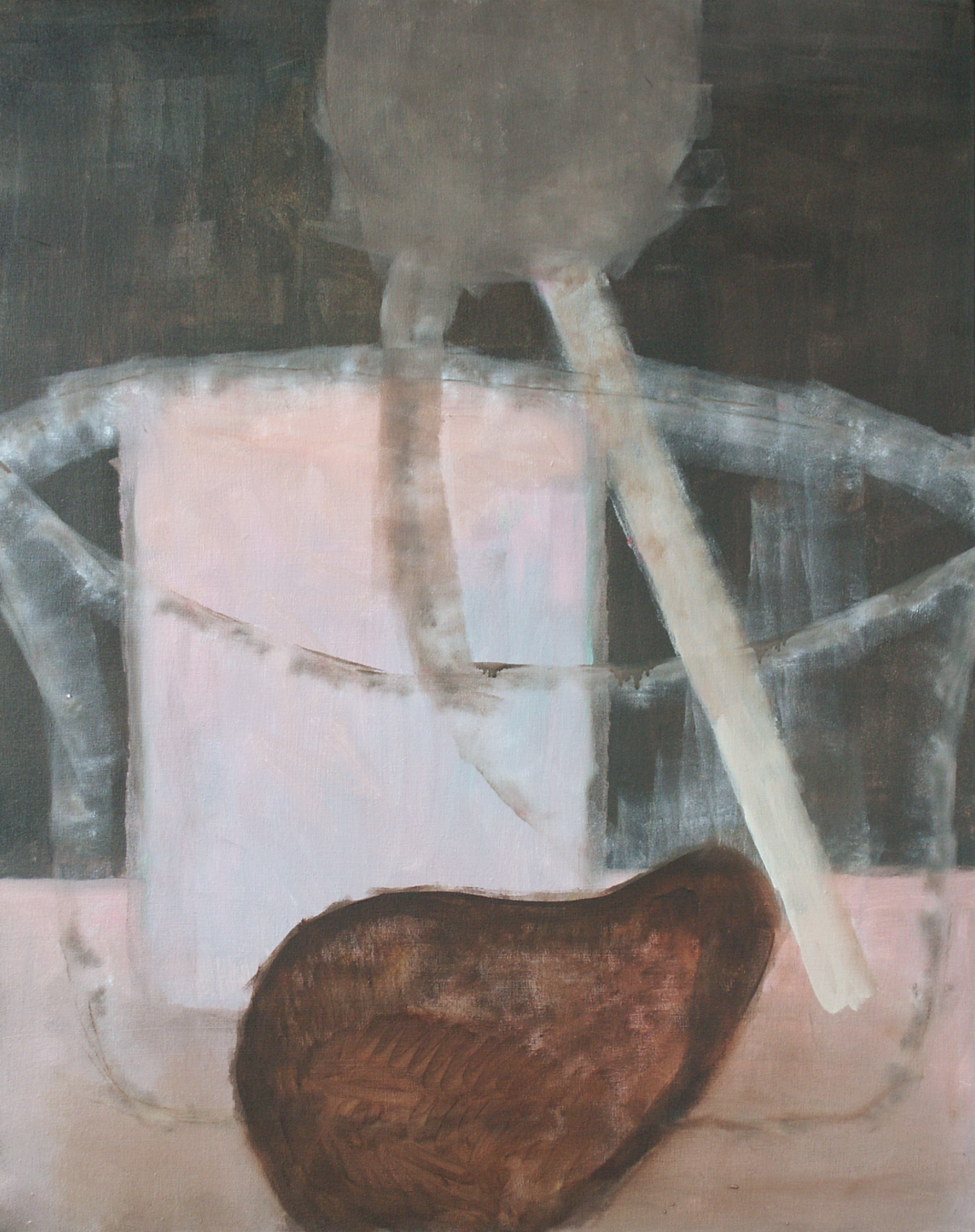In the years 2001-2007 I was a young artist. I was advised by teachers and seniors to develop a single theme and a single clearly distinguishable style if I wanted to get works exhibited and sold on a large enough scale to make a living as an artist. This was impossible to me. I was interested in many aspects of art-making, but I did not know how to integrate all of that. Every attempt to do so felt hopelessly fake. It felt like there was no other choice than to follow all the seperate threads next to each other, which I did in a the most intense way possible. By the end of that period, in 2007, I found an opening to what could be an integration. Let me try to explain.
When I boil down the many things that had my interest back then, I can distinguish three cores. First there is playing. I made many collages and assemblages from existing materials. I was interested in the fact that the materials already had a certain quality (like color, form or texture) and that playfully manipulating and combining these made all kinds of unexpected things happen. This was important to me, because it was clear to me from early on that the space to play is an absolute necessity for me to create. In another way it was important because imagery I found this way felt much more true to me than imagery I made up mentally and that I tried to superimpose on material. The second core is learning how to paint. Within a year after artschool I completely lost my interest in contemporary art (I mean the kind of art shown on Documenta and the like)*, art in which, to my liking, conceptualism openly or more covertly plays much to large a role. Instead I became interested in "old" art, especially painting (Flemisch primitives, romanticism, impressionism, etc., but also abstract-expressionism and Cobra). What touched me was the unconditional love for the medium I felt there, something I dearly missed (and still miss) in most contemporary art. This discovery felt to be of utmost importance to me and I really had to DO something with it. I chose to confront it head-on and simply start painting after nature. I tought myself by painting landscapes, still lifes and portraits. The third core is improvised drawing. This was more or less a mix of the collage-mentality and the painting-mentality. It had the playfulness and adventure of the collages but, like in painting, I shaped all the visual elements with my own hand and had great control over that.
What I understand now, is that the improvised drawing was crucial. I trained myself in letting go. Yes, I had great control over the pencil (or marker, or brush, or crayon) and in theory I could steer the drawing in any direction I want, but what I trained myself to do was to let go of that control as far as possible and to get in some kind of flow. I learned to let my hands move freely and to keep watching what happened, and I learned to respond to that spontaneously and playfully. The drawings that appeared were not "drawn", there was no hand that was steered to create the image. The drawings "emerged", many times by fits and starts. Also I learned to endure a lot of insecurity ("What the fuck am I doing?! Are you sure you should be doing this?"). It was this ability and the ability to let go, combined with sufficient mastery over color and paint, that I needed to leave working after nature behind and to paint with the collage-mentality. In the end 2006 I made the painting below, which was a precursor for the works I painted in 2012-2014. I consider these paintings, and the paintings I make now, as my "oeuvre", the base of which is not a form, a technique or a fascination with some verbally expressable content. It is a state of mind I like putting myself in, it is a part of psychologically surviving living in this strange world of targets and efficiency, and most of all it is the expression of a plain fact: I am a painter and I love color!
* note: Of course there are artists alive and working today who's work I love and admire!
